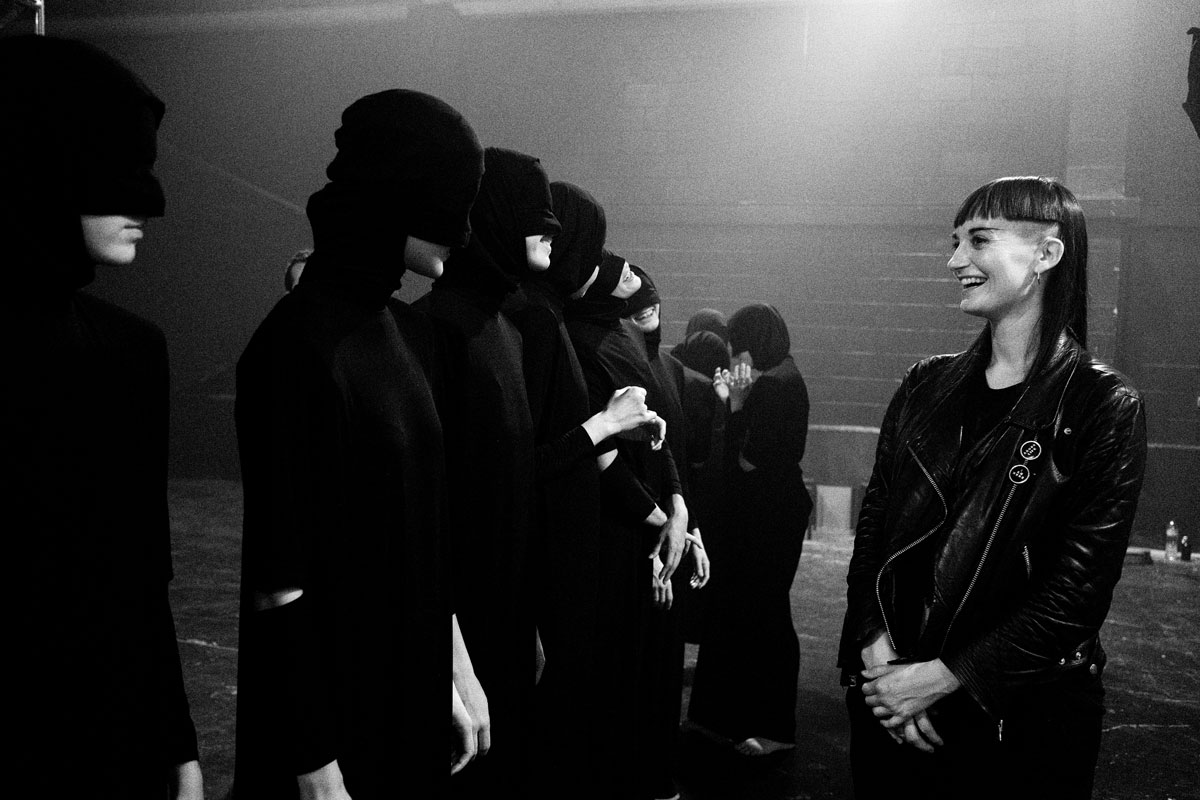“There is always a stage in your life when you say ‘enough is enough’ and you make a change in order to reclaim your power,” explains young Iranian musician Gola. “[My new track]The Line is deeply personal but at the same time I feel that everyone can relate to it. The message is about the power of women, unity and the strength inside each of us. So many women today don’t have the chance to have their voice heard and I feel that I have the responsibility as an artist to be a voice for them”.
Gola’s ‘enough is enough’ moment came when she reached what could have been considered the peak of her music career as a member of Iran’s first girl group, Orchid. In a country where women’s activities are rigidly controlled, the band was subject to a government crackdown: they weren’t allowed to release music and their female-only concerts were heavily controlled by morality police. Audiences were legally forbidden from dancing or singing along to the music. Gola wanted more. Refusing to accept that this was the limit to her creativity and freedom of expression, and unwilling to go on being arrested for, among other things, wearing her hijab wrong, she left home.
“I’d had enough of being told no, that I wasn’t allowed to sing or be who I knew I could be just because I was a woman,” Gola says. “And I feel that way about any rules or oppression against women that tell them that they can’t be something that they believe in.” Now living in London and studying an MA in music psychology, the inspiring artist just put out her first ever English language release, an attitude-drenched R&B banger called The Line.
For the accompanying music video — available to watch exclusively above — Gola called on London creative director and visual artist Hannah Marshall. Working with a like-minded all-female team, including DOP Molly Manning Walker, they capture the power of working as a collective, across a beautiful black and white visual full of strong women wearing their hijabs like armour. “I wanted a video that can help women understand how powerful they are,” Gola says. “The idea that they can have their eyes covered but still see, or have their mouths covered but still have a voice. This is a video about choice.”
Hannah notes that she conceived the video as an ode to female potency and empowerment: “Female power is something innate — an internal strength inside each of us that we build awareness of through struggle. It is also something that enables us to connect to each other as women and to build collectives.” The dancers’ movements are powerful, with shots clearly exploring the ways in which we communicate via not just the voice but also the gaze and touch. “The lived experiences of women are complex and the debates around their bodies often highly charged and politicised,” Hannah continues. “Through the ritual of covering up and concealing what lies beneath, the intention is to present the hijab and veil as a self-contained source of power, an armour-like second skin that is loaded with life force and freedom.”
Gola’s story is a reminder that, although we are experiencing the rise and rise of female empowerment, we must never stop speaking up for the women still being silenced. “Conscious artists are the voices of our generation. They have the power to use their platform to move the needle, build cultural bridges and create space for dialogue and change,” Hannah says, making a very good point. “Music can change lives,” adds Gola. “It changed mine.”


